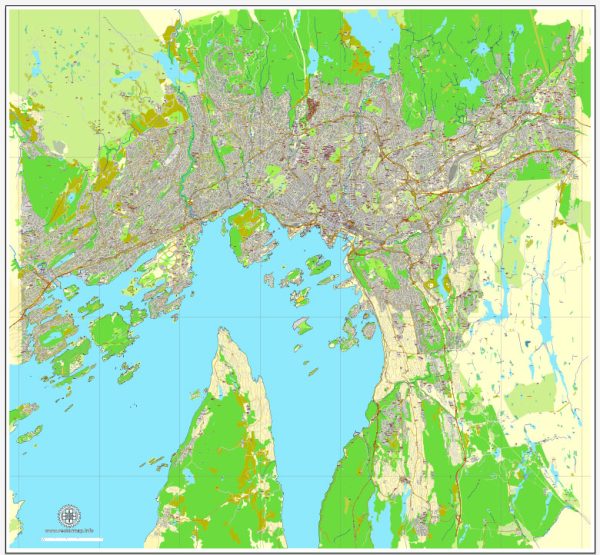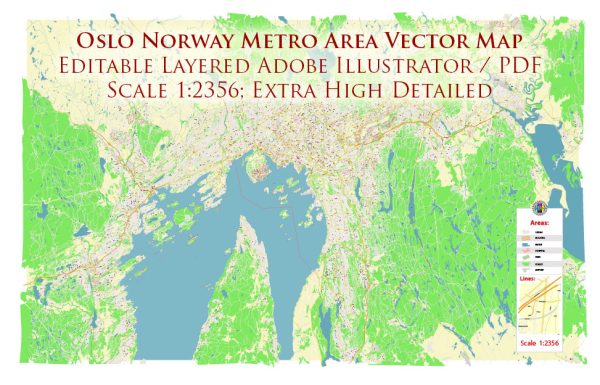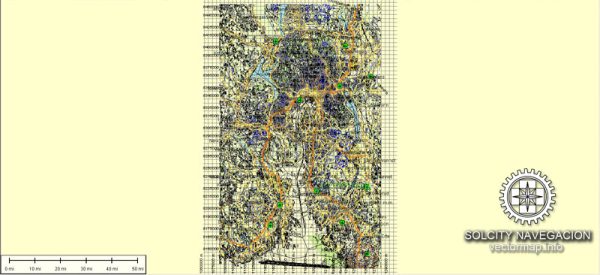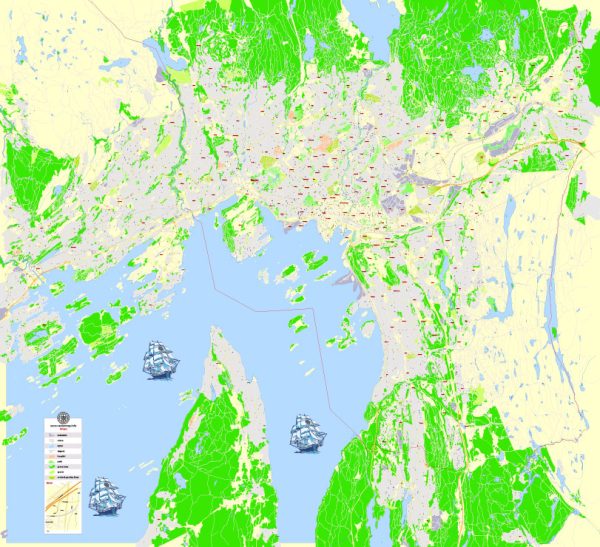Oslo, the capital city of Norway, is a fascinating blend of historic and modern architecture. Here’s a description of the architectural landscape in Oslo:
- Historic Architecture:
- Medieval and Renaissance: Oslo’s historic architecture reflects a rich history dating back to the medieval era. The city’s oldest building, the Akershus Fortress, is a prime example of medieval architecture. This fortress, constructed in the late 13th century, stands as a symbol of the city’s history and military importance.
- Aker Brygge: Aker Brygge is a waterfront area known for its charming old warehouses and industrial buildings, many of which have been converted into shops, restaurants, and apartments. This area serves as a great example of repurposing old structures for modern use.
- Neo-Classical and 19th Century Architecture:
- The Royal Palace (Slottet): Built in the first half of the 19th century, this grand neo-classical palace is the official residence of the Norwegian monarch. It features an impressive façade and is surrounded by beautiful gardens and a spacious palace square.
- The National Theater (Nationaltheatret): Another prominent neo-classical building, the National Theater, is known for its elegant design and plays a crucial role in Norway’s cultural scene.
- Functionalism and Modernism:
- The Oslo City Hall (Rådhuset): Designed by Arnstein Arneberg and Magnus Poulsson, the City Hall is a prime example of functionalist architecture. It features murals and artwork depicting Norwegian history and culture and is famous for hosting the Nobel Peace Prize award ceremony.
- Villa Stenersen: This is a fine example of modernist architecture in Oslo. Designed by Arne Korsmo, it showcases clean lines and a minimalistic aesthetic.
- Contemporary Architecture:
- The Opera House (Operahuset): Opened in 2008, this striking contemporary building is known for its unique design. It appears to rise from the waters of the Oslo Fjord and offers a sloping roof that visitors can walk on to enjoy panoramic views of the city.
- The Barcode Project: A modern architectural development in Bjørvika, the Barcode Project consists of a series of high-rise buildings with unique and innovative designs, creating a striking skyline along the waterfront.
- Scandinavian Design:
- Many residential and commercial buildings in Oslo reflect the influence of Scandinavian design, characterized by simplicity, functionality, and a focus on natural materials.
- Sustainable Architecture:
- Oslo is committed to sustainability, and this is reflected in many of its newer buildings. You’ll find green roofs, energy-efficient design, and a strong emphasis on environmentally friendly architecture in the city.
The architecture in Oslo tells a story of its evolution from a medieval fortress town to a modern, sustainable, and design-conscious capital. Whether you’re interested in historic landmarks, functionalist masterpieces, or contemporary marvels, Oslo has a diverse architectural landscape to explore.





 Author: Kirill Shrayber, Ph.D.
Author: Kirill Shrayber, Ph.D.